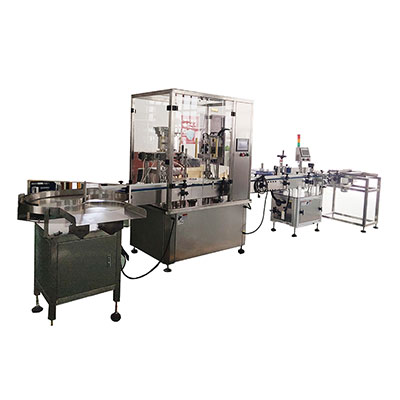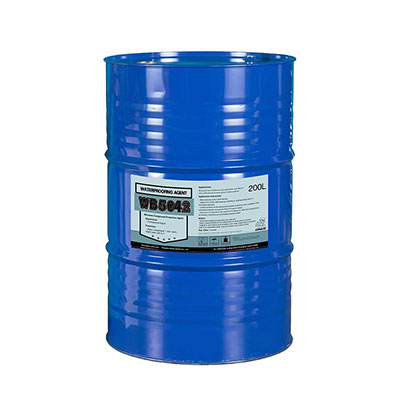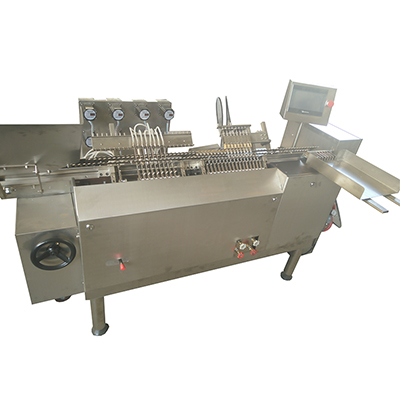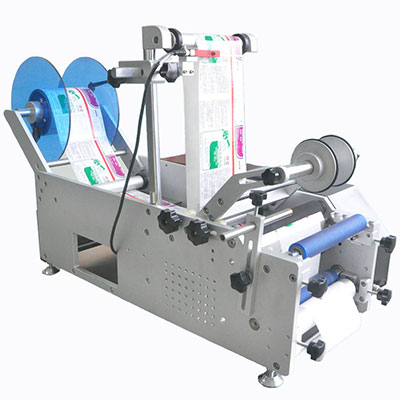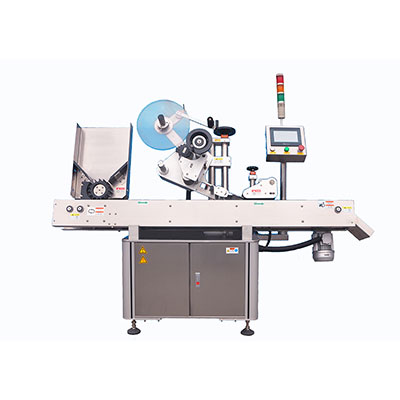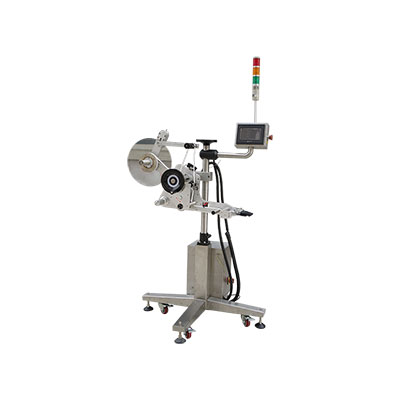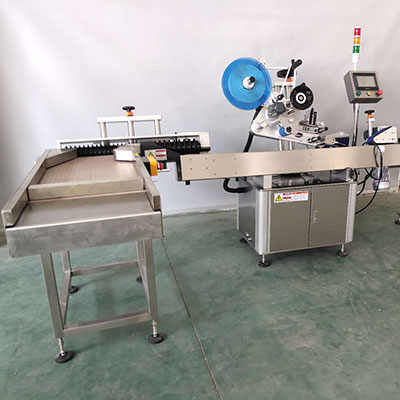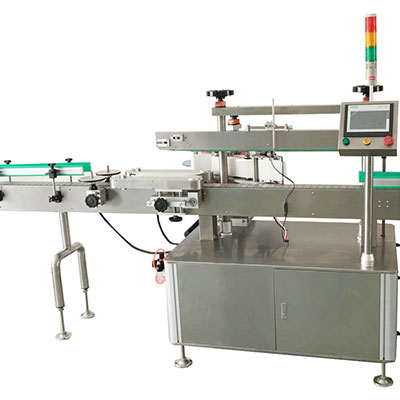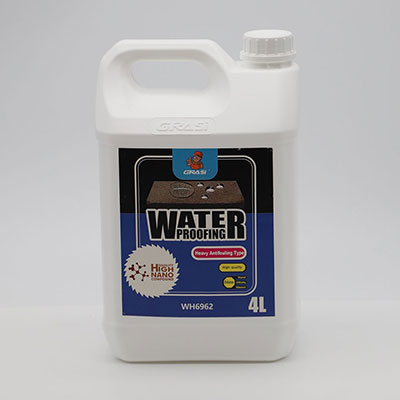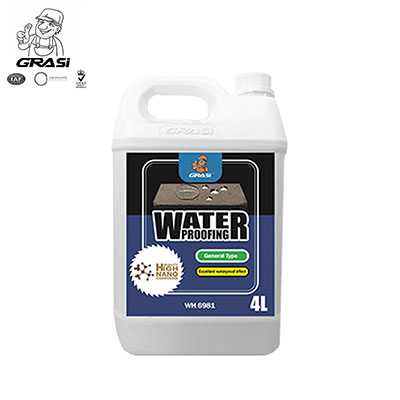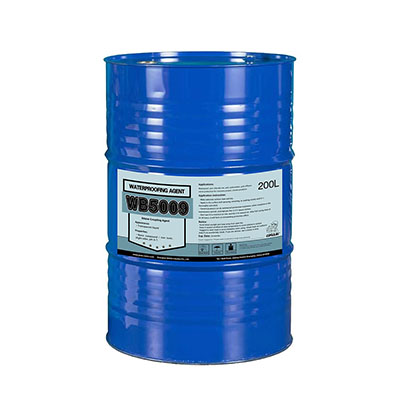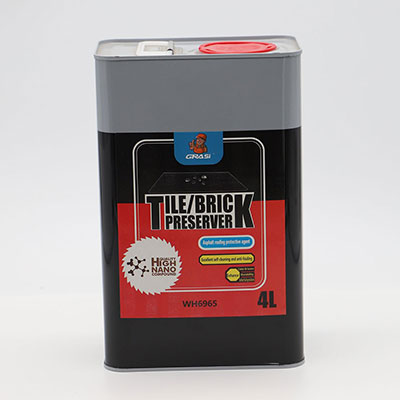Glucosyl Stevioside/ Enzyme Modified Stevia
Glucosyl Stevioside/ Enzyme Modified Stevia
Glucosylstevioside is also known as Enzyme modified stevia. Low purity steviol glycoside has adistinctive licorice or bitter aftertaste. We seek to improve this via the enzymemodification process. The resulting glucosyl stevioside is 100 timessweeter than sugar and possesses a pleasant aftertaste. It is very popular in Korea and Japan, often used as an ingredientfor Soju, soy sauce, health drinks, as well as apickle and flavoring agent. This productcan be conveniently repacked into 50g,100g, or 200g bags for household use as a tabletopsweetener.
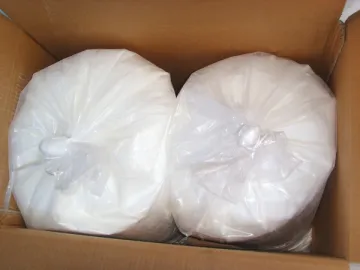
| Enzyme modification process Raw materials:Steviol glycoside 80%~90%, Maltodextrin, Active enzyme, Active carbon | |
| Stevia powder dissolving ↓ Heating Maltodextrin dissolving and Heating ↓ Active enzyme input Heating and reaction ↓ Active carbon input Heating and reaction ↓ Cooling Press and film filteration ↓ Spray drying Glucosylstevioside | |
:()
Molecular Structure
Molecular Formula:C44H70O23
MolecularWeight:967.01
BRENDA Name:glycosyl steviaside
Specificationsheet
| Product name | Glucosylstevioside(enzyme modified stevia) |
| Product Code | GS80 |
Physical and Organoleptic Standards
| Appearance | White powder | PH | 5 ~ 7 |
| Sweet: | 100 times | Melting point | 196 ℃ ~ 198℃ |
| Smell | Characteristic | Mesh | 80~ 100 |
| Specific Optical Rotation | -30° ~ -38° | Non-reactant steviol Glycoside | ≤15% |
Specification
| Purity | Steviol glycoside ≥ 80% | |
| Ash | < 1% | |
| Moisture | < 6.0% | |
| Heavy Metals | < 10 ppm | |
| Lead | < 1.0 ppm | |
| Cadmium | < 1.0 ppm | |
| Arsenic | < 1.0 ppm | |
| Mercury | < 1.0 ppm | |
Microbiology
| Total Plate Count | < 1000 cfu/g |
| Total yeast & molds count | < 50 cfu/g |
| E. Coli | Negative |
| Salmonella | Negative |
Storage Condition and Applications
| Keep in a dry place away from hot temperature and strong light10kg x 2bags/carton |
| Applications: utilized in food and beverage industries as a natural sweetener |
Links:https://www.globefindpro.com/products/55889.html
-
 Metal Laser Cutting Machine
Metal Laser Cutting Machine
-
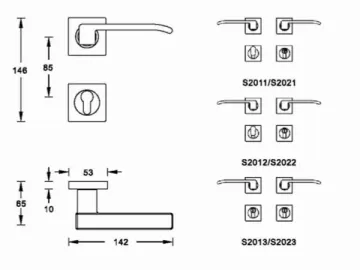 H43181-BI Zinc Alloy Door Lock
H43181-BI Zinc Alloy Door Lock
-
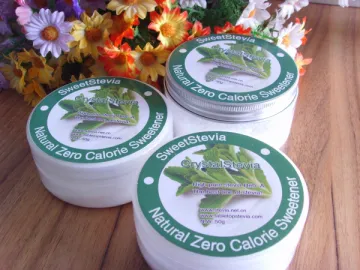 Spoonable and Sachet
Spoonable and Sachet
-
 S2031-08-12 Zinc Alloy Door Lock
S2031-08-12 Zinc Alloy Door Lock
-
 H2356-74 Zinc Alloy Door Lock
H2356-74 Zinc Alloy Door Lock
-
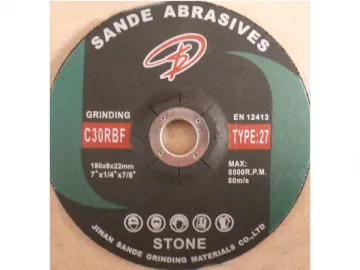 Stone Offset Grinding Wheel
Stone Offset Grinding Wheel
-
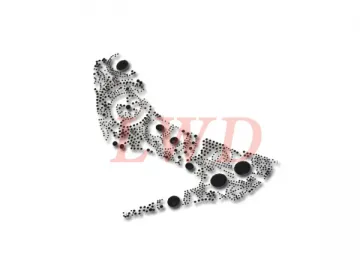 Portable Laser Marking Machine
Portable Laser Marking Machine
-
 H7493-1278 Zinc Alloy Door Lock
H7493-1278 Zinc Alloy Door Lock
-
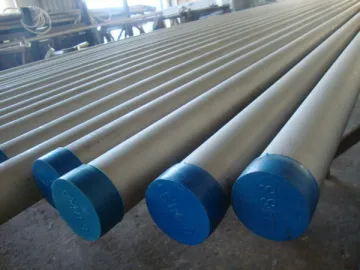 Fluid Seamless Steel Pipe
Fluid Seamless Steel Pipe
-
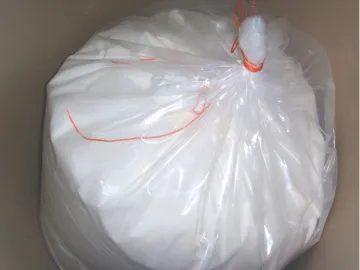 High Purity Stevia Rebaudioside A
High Purity Stevia Rebaudioside A
-
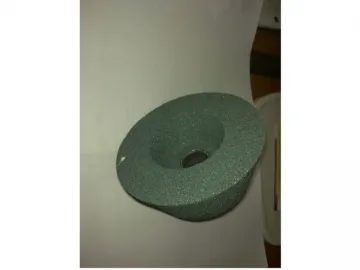 Grinding Stone
Grinding Stone
-
 Stevia Tablet
Stevia Tablet
